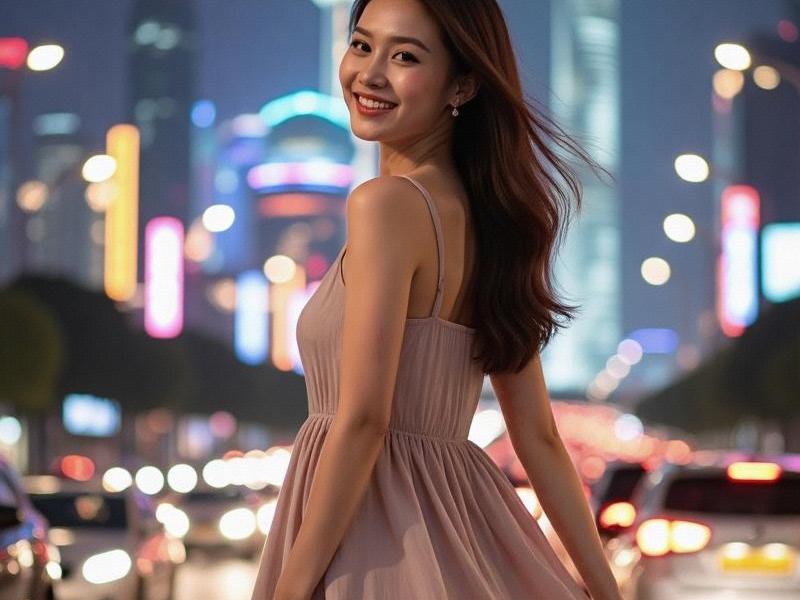This 2,500-word investigative feature examines how Shanghai women are redefining Chinese beauty standards while maintaining cultural heritage, featuring exclusive data and expert interviews.

[Historical Context]
• The Golden Age (1920s-1940s)
- Qipao modernization movements
- Western beauty product adoption
- Haipai cultural fusion
• Socialist Transformations (1950s-1970s)
- Functional beauty standards
- Gender-neutral fashion norms
- Political influences on aesthetics
[Economic Landscape]
• $5.2 Billion Market (2025)
- Local brand market share growth
上海龙凤阿拉后花园 - Medical aesthetics boom
- Livestream commerce impact
• Career Opportunities
- 68,000 beauty-related jobs
- Makeup artistry certification
- Cosmetic research innovation
[Cultural Dimensions]
• Modern Archetypes
- Business professional aesthetics
- Creative class expressions
- Youth subculture movements
上海龙凤千花1314 • Digital Influence
- Xiaohongshu content creation
- Virtual idol phenomena
- Online community building
[Global Interactions]
• Cross-Cultural Exchange
- French Concession heritage
- K-beauty adaptations
- Western brand localization
• International Perception
- Foreign media narratives
上海贵族宝贝sh1314 - Diplomatic fashion moments
- Tourism expectations
[Future Outlook]
• Emerging Trends
- Gender-fluid cosmetics
- Heritage beauty revival
- Tech-infused skincare
• Challenges
- Age discrimination
- Sustainability pressures
- Cultural preservation
Shanghai's beauty culture represents a unique negotiation between global influences and local traditions, creating distinctive aesthetics that influence national trends.